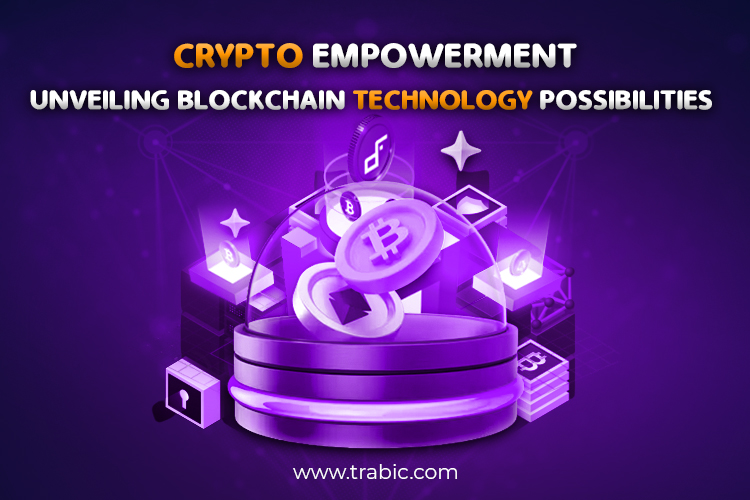What is Blockchain Technology?
Blockchain technology has emerged as one of the most innovative and transformative technological advancements of the 21st century. It is a decentralized, distributed ledger system that records transactions securely and transparently, making it virtually impossible for hackers to tamper with or corrupt the data.
Blockchain technology is a distributed, decentralized, firm ledger allowing for safe and transparent transactions without intermediaries. It was initially created for the digital currency Bitcoin but has since expanded to various applications beyond cryptocurrencies. At its essence, blockchain is a digital ledger of transactions distributed across a computer network.
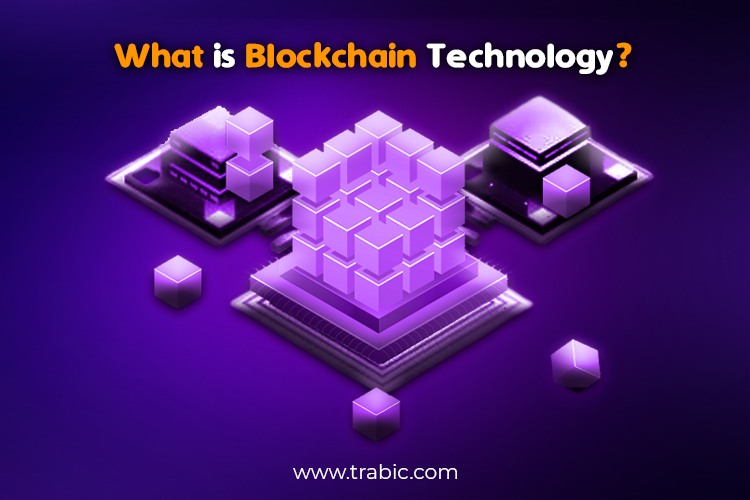
Each transaction is recorded in a block linked to the previous block, creating a chain of blocks or a “blockchain.” Each block includes a unique code-named cryptographic hash that distinguishes it from other blocks in the chain. One of the pivotal elements of blockchain is its decentralized nature. Instead of relying on a central authority to verify and approve transactions, blockchain uses a network of nodes to validate transactions collectively. This makes it more secure and less vulnerable to fraud, hacks, and other attacks.
Another essential feature of blockchain is its immutability. If a block is added once to the chain, it cannot be changed or deleted without consensus from the network. This makes it possible to maintain a tamper-proof and transparent record of all transactions. Blockchain technology also uses cryptography to protect the integrity and privacy of data.
Each transaction is encrypted and can only be accessed using a private key corresponding to a public key associated with the blockchain address. In general, blockchain technology has the potential to revolutionize various industries and applications, including finance, supply chain management, identity verification, and more, by providing a secure, transparent, and decentralized platform for transactions and data management.
Advantages Of Blockchain Technology
Blockchain technology (a technology based on a distributed ledger) has revolutionized how we perceive data management, transactions, and security. It provides a secure and decentralized way to store and transfer information without intermediaries. This technology has many advantages, making it one of the most exciting innovations of our time. In this essay, we will discuss some of the main advantages of blockchain technology.
One of the general advantages of blockchain technology includes the ability to provide a transparent and secure way of conducting transactions. Transactions on a blockchain are encrypted and stored in blocks, which are connected in a chain. Each block contains a unique cryptographic hash that links it to the previous block, creating an unbreakable chain. This makes it virtually impossible for anyone to tamper with the data or hack the system, ensuring the integrity of the transactions.
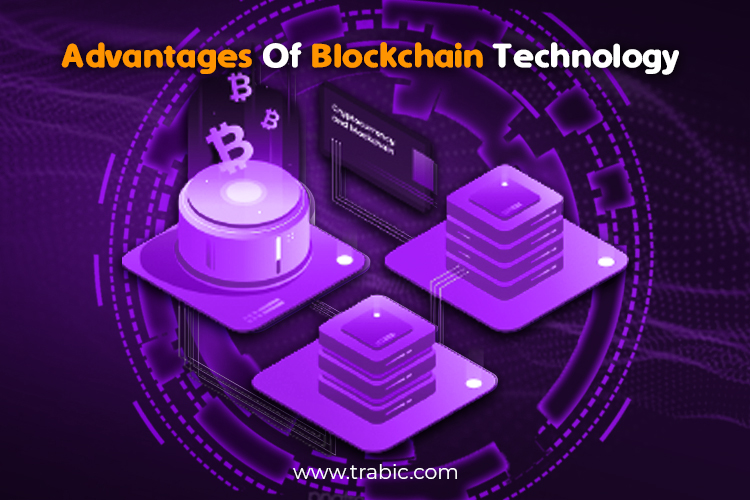
Another advantage of blockchain technology is its decentralized nature. Traditional systems rely on a central authority to manage transactions, which can be slow, inefficient, and prone to corruption. Blockchain technology, on the other hand, is decentralized, meaning that there is no central authority or intermediary controlling the transactions. This makes it more efficient, secure, and cost-effective, as no middlemen are taking a cut of the transaction.
Blockchain technology is also highly resistant to hacking and cyber-attacks. As the data is distributed across a network of nodes, it is difficult for hackers to access the system. Additionally, using cryptographic algorithms makes altering or manipulating the data virtually impossible. This makes blockchain technology ideal for storing sensitive information, such as financial and personal information.
Blockchain technology also provides a high level of transparency and accountability. As all transactions are stored on a public ledger, anyone can view them at any time. This makes it easy to track the movement of funds, ensure compliance with regulations, and prevent fraud. It also provides a high level of transparency in supply chains, allowing consumers to track the origin and journey of products from start to finish.
Finally, blockchain technology can potentially disrupt a wide range of industries. It has already been used in finance, healthcare, logistics, and many other sectors. Its ability to provide secure, transparent, and decentralized transactions can transform how we do business, making it more efficient, cost-effective, and secure.
Potential Implications For Various Industries
The rise of advanced technologies like AI (Artificial Intelligence), ML (Machine Learning), IoT (the Internet of Things), and Blockchains are transforming the way various industries operate. These technologies disrupt traditional business models, revolutionize customer experience, and transform industries. In this essay, we will explore the potential implications for various industries.
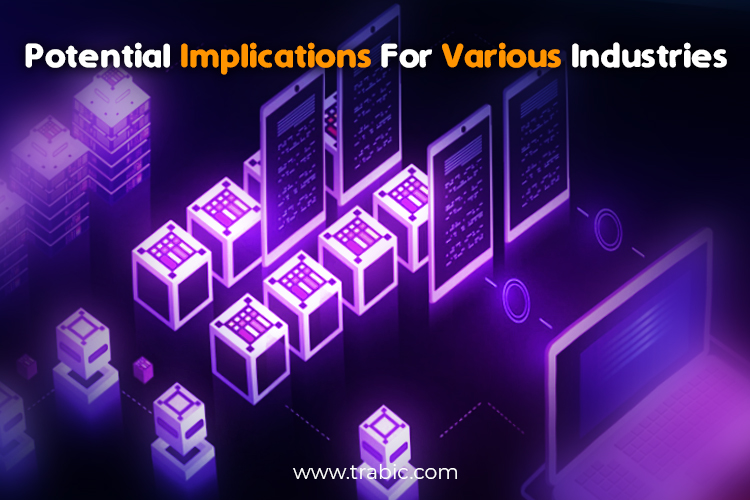
The healthcare industry is the most promising sector to benefit from these new technologies. AI and Machine Learning can help diagnose diseases accurately and quickly, making healthcare more accessible and affordable. The use of IoT devices in healthcare can also enhance the delivery of healthcare services. For example, wearable devices can monitor patients’ vital signs remotely and send alerts to healthcare providers when there are any concerns.
Secondly, the financial sector is also being transformed by these new technologies. Blockchain technology revolutionizes the financial industry by creating decentralized, secure, and transparent payment systems. It provides an opportunity to reduce the costs associated with traditional payment systems, including the need for intermediaries. Furthermore, AI can help financial institutions to detect fraud and prevent financial crimes. Machine Learning can also help banks to personalize customer services, enhance customer experience, and drive customer engagement.
The potential implications of new technologies such as AI, Machine Learning, the IoT, and Blockchain are immense. They are transforming various industries, enabling businesses to enhance customer experience, reduce costs, and optimize processes. However, adopting these new technologies also presents challenges, including regulatory and ethical concerns, cybersecurity threats, and the need to upskill the workforce.
What are some emerging trends in blockchain technology?
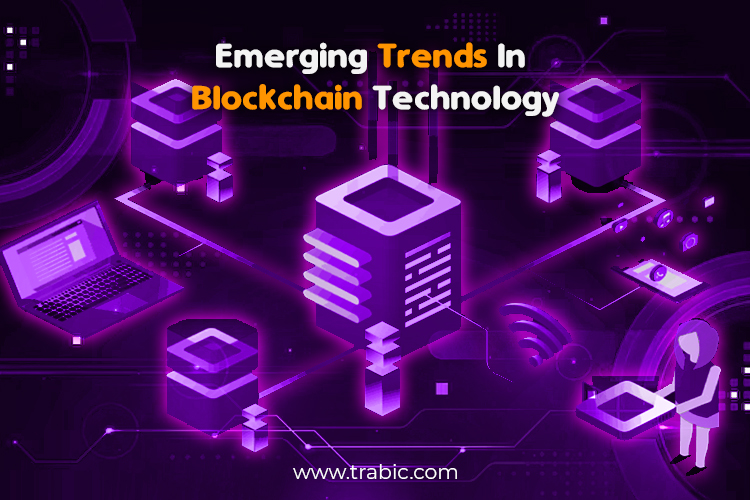
Blockchain technology has been rapidly evolving since its inception in 2009 with the creation of Bitcoin. These emerging trends in blockchain technology and applications have the prospect of altering industries and disrupting conventional business models, offering new opportunities for innovation and growth. Here are some of the emerging movements in blockchain technology and applications:
Decentralized Finance (DeFi)
DeFi is a new approach to financial services that leverages blockchain technology to provide more open, transparent, and accessible financial services to anyone, anywhere in the world. DeFi applications offer a wide range of services, such as lending, borrowing, trading, and staking of cryptocurrencies.
DeFi, short for Decentralized Finance, is an emerging trend in blockchain technology and application that refers to a new financial system built on top of blockchain networks. DeFi uses smart contracts and decentralized applications (dApps) to enable financial transactions without requiring traditional intermediaries like banks and other financial institutions. DeFi offers many benefits over traditional financial systems, including greater transparency, accessibility, and security.
Transactions on DeFi platforms are transparent and can be audited by anyone on the blockchain network, making fraud and manipulation much more difficult. Additionally, DeFi platforms are accessible to anyone with an internet connection, which has the potential to provide greater financial inclusion for individuals who are currently unbanked or underbanked.
The DeFi applications include various financial services, such as lending and borrowing, trading, insurance, and asset management. Some popular DeFi platforms include Uniswap, Compound, Aave, and MakerDAO. The growth of DeFi has been explosive in recent years, with billions of dollars now locked up in DeFi platforms. As more people become conscious of the advantages of DeFi and the potential to earn higher yields than traditional financial systems, the trend will likely grow continuously in the upcoming years.
Non-Fungible Tokens (NFTs)
NFTs are digital assets that define ownership of unique items such as digital art, music, and collectibles. NFTs are built on blockchain technology, which enables the verification of the ownership and authenticity of these digital assets. Non-fungible tokens (NFTs) are another emerging trend in blockchain technology and application.
NFTs are exceptional digital assets on a blockchain and can represent various assets, such as art, music, collectibles, virtual real estate, and more. Unlike fungible tokens such as cryptocurrencies, each NFT is unique and has its value. NFTs have gained popularity recently, with high-profile sales such as Beeple’s digital artwork “Every day: The First 5000 Days” selling for a record-breaking $69 million at Christie’s auction house in 2021.
NFTs have also been used in the gaming, music, and sports industries to provide new revenue streams and create unique fan experiences. One of the benefits of NFTs is that they provide a way for creators and artists to monetize their digital creations more securely and transparently, as ownership and provenance are recorded on the blockchain. NFTs can also enable new business models, such as fractional ownership and micropayments, allowing for more equitable value distribution among creators and consumers.
However, NFTs are still a nascent technology, and concerns around their environmental impact are due to the high energy consumption required for blockchain transactions. Additionally, the value of NFTs is highly volatile and can fluctuate greatly, leading to potential financial risks for buyers and sellers. NFTs represent an exciting and rapidly-evolving area of blockchain technology and application, with the potential for new forms of creativity, ownership, and value creation.
Central Bank Digital Currencies (CBDCs)
CBDCs are digital versions of fiat currencies administered and supported by central banks. The goal of CBDCs is to provide a digital payment infrastructure that is secure, efficient, and accessible to everyone. Central Bank Digital Currencies (CBDCs) refer to digital forms of traditional fiat currencies issued and regulated by central banks.
CBDCs are a rapidly emerging trend in blockchain technology and applications, as they have the prospect of revolutionizing how we operate and transact with money. One of the critical benefits of CBDCs is their potential to enhance financial inclusion, particularly in developing countries where traditional banking infrastructure may be lacking.
CBDCs can be easily accessed through mobile devices, enabling even the unbanked population to access digital financial services. CBDCs also offer increased transactional efficiency, as they can be used for instant and secure transactions between individuals and businesses without intermediaries such as banks or payment processors.
Another benefit of CBDCs is their potential to decrease the chance of fraud and money laundering, as transactions can be traced and verified on the blockchain. Several central banks worldwide, including the People’s Bank of China and the European Central Bank, are exploring the possibility of launching their CBDCs. This emerging trend has the potential to significantly impact the global financial system and transform the way we think about money and digital transactions.
Supply Chain Management
Blockchain technology can devise a secure and transparent supply chain management system that tracks the movement of goods and services from their origin to their final destination. This can help to reduce fraud, increase transparency, and improve efficiency in supply chain management. Supply chain management is another emerging trend in blockchain technology and application.
The Blockchain’s ability to create a secure and transparent digital ledger has made it an attractive solution for tracking products through the supply chain. Using blockchain technology, companies can create a tamper-proof record of every stage of a product’s journey, from its origin to the point of sale. This record includes information about the product’s manufacturer, raw materials, transport methods, etc.
This transparency helps to ensure that products are authentic, safe, and ethically sourced. In addition to enhancing supply chain security, blockchain can improve efficiency by automating specific tasks and reducing the need for intermediaries. For example, smart contracts can automatically trigger payments once certain conditions are met, such as the successful delivery of a product.
Several companies have already implemented blockchain-based supply chain management systems, and more are expected to follow suit in the coming years. As supply chain transparency becomes increasingly important to consumers and regulators alike, blockchain technology will likely play a substantial role in shaping the fate of supply chain management.
Identity Management
Blockchain technology can create a decentralized identity management system that enables individuals to control their personal information and digital identities. This can help to reduce the risk of identity theft and fraud and provide greater privacy and security to individuals. Identity management is another emerging trend in blockchain technology and application. Blockchain technology can revolutionize identity management by providing a secure and decentralized way to manage and verify identities.
Traditionally, identity management has relied on centralized systems vulnerable to security breaches and data leaks. With blockchain technology, identities can be managed on a decentralized network, reducing the risk of data breaches and providing more control and privacy to individuals. Some examples of how blockchain is being used for identity management include:
- Self-sovereign identity: Blockchain technology enables individuals to control their digital identities and manage their data without relying on centralized authorities.
- Identity verification: Blockchain technology can verify identities, ensuring the person is who they claim to be. This can be particularly useful for online transactions and remote access.
- Secure authentication: Blockchain technology can be used for secure authentication, eliminating the need for usernames and passwords.
- Data sharing: Blockchain technology can enable secure and transparent data sharing between organizations and individuals.
Overall, blockchain technology has the prospect of revolutionizing identity management by providing more control and privacy to individuals while increasing security and reducing the risk of data breaches.
Social Media
Blockchain technology can create decentralized social media platforms owned and controlled by users rather than centralized corporations. This can reduce censorship and promote free speech on social media platforms. Social media is not necessarily an emerging trend in blockchain technology and application. Social media platforms have existed for many years and are not solely powered by blockchain technology.
However, there are some emerging applications of blockchain technology in the social media space, such as decentralized social media platforms. Decentralized social media outlets are created on blockchain technology, allowing users greater security and control over their data and content. They aim to address issues with centralized social media platforms, such as privacy concerns and censorship.
One decentralized social media platform example is Steemit, which uses a blockchain-based reward system to incentivize content creators and curators. Users are rewarded with cryptocurrency for creating and sharing content, and a decentralized community governs the platform. Another example is Minds, built on the Ethereum blockchain and allows users to earn cryptocurrency for creating and interacting with content. It also incorporates end-to-end encryption to provide greater privacy and security for users.
Overall, while social media itself is not necessarily an emerging trend in blockchain technology and application, the emergence of decentralized social media platforms is a notable development in this space.
Internet of Things (IoT)
Blockchain technology can create a secure and decentralized infrastructure for the Internet of Things. This can help reduce the hacking risk and improve the reliability and security of IoT devices and networks. The Internet of Things (IoT) directs to the network of physical devices, vehicles, home appliances, and other objects embedded with sensors, software, and connectivity, enabling them to connect and exchange data with other devices and systems.
The emerging trend in blockchain technology and application related to IoT is known as the Blockchain of Things (BoT). BoT combines blockchain technology with IoT to create a decentralized network of connected devices to securely exchange data and execute transactions without intermediaries. By using blockchain to secure IoT devices, BoT can help address security and privacy concerns that arise from the increasing use of connected devices.
The boT has the potential to revolutionize industries such as supply chain management, logistics, and manufacturing by providing real-time tracking and visibility of goods and assets, enabling more efficient and transparent processes. It can also enhance the security and reliability of IoT devices, preventing them from being compromised by malicious actors.
One example of BoT in action is using blockchain to secure and manage data generated by smart homes and smart cities. Using blockchain, data from these devices can be securely shared and analyzed, leading to more efficient and sustainable urban environments. A boT is an exciting emerging trend in blockchain technology and application, potentially transforming how we interact with connected devices and systems.
